AI is a game changer. Period. And being a data and analytics guy, I could not be more excited about it.
The McKinsey research study “Notes from the AI frontier: Applications and value of deep learning” provided some valuable insights into where and how Artificial Intelligence (i.e., Deep Learning / Neural Networks (CNNs, RNNs, GANs), Reinforcement Learning and Deep Reinforcement Learning) will derive and drive new sources of customer, product and operational value, especially when compared to traditional analytic approaches. AI will add billions of dollars of financial and economic value to ALL industries. A no-brainer if ever one existed.
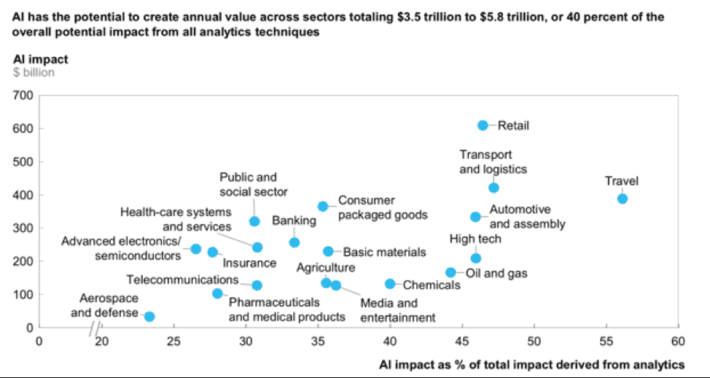
Figure 1: AI Potential Impact Across Industries
However, a recent Harvard Business Review article “Building the AI-Powered Organization” states that despite the promise of AI, many organizations’ efforts with AI are falling short. The article states that the problem starts at the highest levels of the organization; that it’s a failure of senior management to rewire the organization.
So, how does one rewire the organization in order to “Cross the AI Chasm”? Let’s start with a little analytics history lesson.
Lessons from Crossing the Analytics Chasm
I originally postulated that “Crossing the Traditional / BI Analytics Chasm” required an economics mindset to leverage granular data to predict behaviors and performance at the level of the individual human or device. Crossing the Analytics Chasm requires organizations to understand how to leverage the economics of detailed, granular data (Big Data) to identify and capture the new sources of customer and market value creation. Specifically, crossing the traditional BI / Analytics Chasm requires:
- Transitioning from an organizational mentality of using data and analytics to monitor the business to predicting what’s likely to happen and prescribing actions to prevent or monetize that prediction.
- Maturing beyond aggregating data to control the costs of storage and data management to a mentality of hording every bit of detailed historical data, complemented with a wealth of external data sources about every customer, human, product, device and asset.
- Expanding data access from a restrictive data access model (because it’s easier to walk on the sun than to add a new data source to your data warehouse) to enabling access to all data that might have value given the business and operational decisions the organization is trying to optimize.
- Transitioning from batch data processing (and praying that your ETL programs can meet the SLA windows) to an operational model that can process and analyze the data in real-time in order to “catch the business in the act” so as to create new monetization and prevention opportunities.
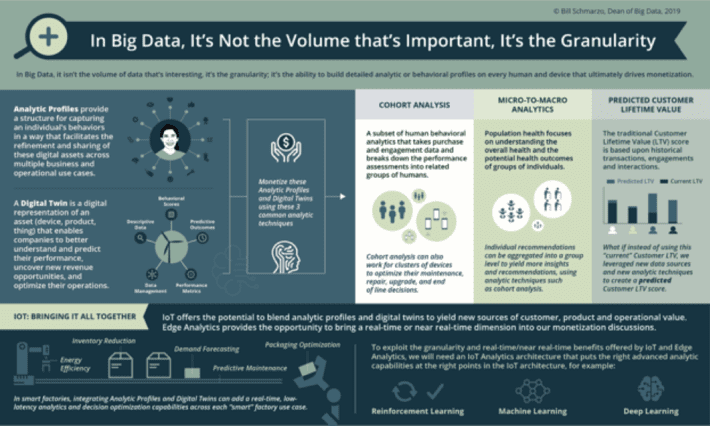
Figure 2: “In Big Data, It’s Not the Volume that’s Important, It’s the Granularity”
While “Crossing the Traditional BI / Analytics Chasm” was primarily a data and economics challenge, “Crossing the AI Chasm” will primarily be an organizational and cultural challenge. Crossing the AI Chasm not only requires gaining organizational buy-in, but more importantly, Crossing the AI Chasm necessitates creating a culture of continuous learning at the front-lines of customer and/or operational engagement.Yea, Crossing the AI Chasm doesn’t happen in the ivory towers, it happens at the front-lines of customer and operational engagement. Surprise!
Let’s talk more about Crossing the AI Chasm through the story-telling power of infographics!!
Requirement #1: Create a Culture of Continuous Learning
“Crossing the AI Chasm” requires creating an operational environment which seeks to continuously learn from each and every customer engagement and/or product usage. Organizations need to nurture innovative thinking at the frontlines to fuel that continuously learning AI process.
Design thinking will play a critical role in unleashing creative thinking at the frontlines that might yield better predictors of performance and customer delight. A McKinsey article titled “Fusing data and design to supercharge innovation” highlighted the powerful potential of integrating AI and Design Thinking:
“While many organizations are investing in data and design capabilities, only those that tightly weave these disciplines together will unlock their full benefits.”
Digital transformation is teaching us that in knowledge-based industries, economies of learning is more powerful than economies of scale, and soon every industry will be a knowledge-based industry. All companies regardless of today’s artificially defined industry borders, will need to learn to exploit organizational diversity to uncover those variables and metrics that might be better predictors of performance and customer satisfaction (see Figure #3).
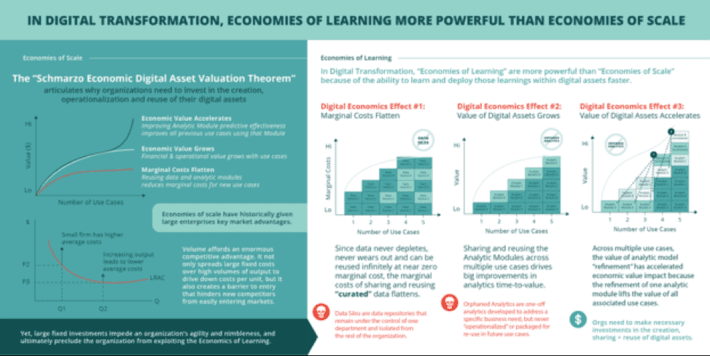
Figure 3: In Digital Transformation, Economies of Learning More Powerful than Economies of Scale
Requirement #2: Capture and Augment Front-line Operational Intelligence
“How effective if your organization at leveraging data and analytics to power your business and operational models?” – Bill Schmarzo
Another key organizational challenge to crossing the AI Chasm will be leveraging the subject matter experts into the value creation process. This requires embracing a culture where the subject matter experts (technician, engineers, operators, doctors, nurses, teachers) closest to the customers or operations are tightly integrated in the value engineering process in order to capture, validate, codify and augment (empower) front-line intelligence (see Figure 4).
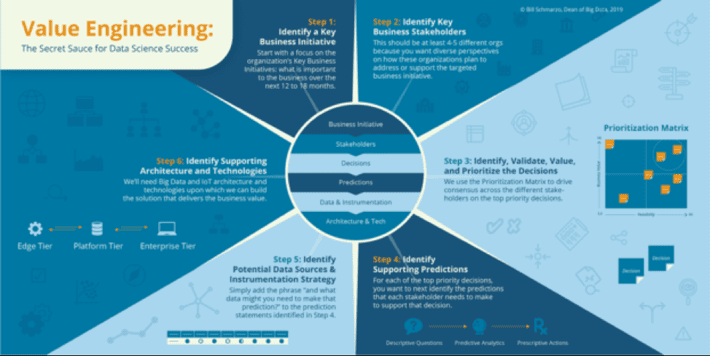
Figure 4: Value Engineering Framework
The Value Engineering Framework starts with the identification of a key business initiative that not only determines the sources of value, but also provides the framework for a laser-focus on delivering business value and relevance.
A diverse set of subject matter experts is necessary because it provides more perspectives on the key decisions upon which the data science effort needs to focus.
The heart of the Value Engineering Framework is the collaboration and ideation across and amongst the different subject matter experts to identify, validate, value and prioritize the key decisions (use cases) that they need to make in support of the targeted business initiative.
Warning: the majority of your operational intelligence probably does not reside in the ivory towers of headquarters. Better ease into that message with your senior executives (their feelings get hurt so easily).
Requirement #3: Master the Unique Economics of Data and Analytics
Traditional management hears about the massive growth in data volumes and diversity and asks, “How are we going to manage all of that data?” To these folks, data is a cost to be minimized. But it is the new AI management that hears about the massive data volumes and diversity and asks, “How are we going to monetize all that data?” To these folks, data is an asset to be exploited for financial and operational gain.
Crossing the AI Chasm requires embracing the unique economic characteristics of data; an asset that never depletes, never wears out, and can be used across an unlimited number of use cases at a near zero marginal cost. In fact, not only do these assets never deplete or wear out, but these assets actually get more accurate, more predictive and more complete the more they are re-used and refined. This leads us to the Schmarzo Digital Asset Valuation Theorem in Figure 5.
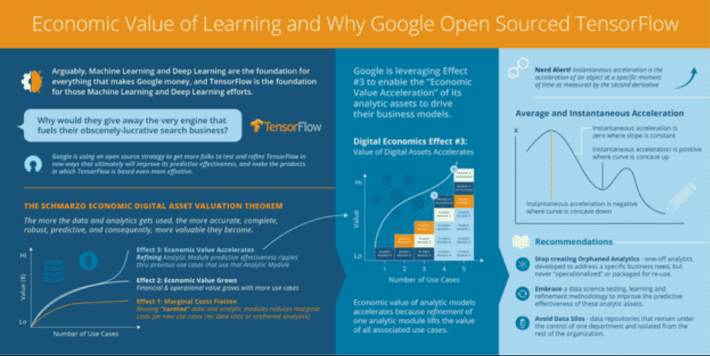
Figure 5: “Why Tomorrow’s Leaders MUST Embrace the Economics of Digital Transformation”
The Economic Digital Asset Valuation Theorem highlights how the unique characteristics of digital assets manifest themselves at the macro-economic level:
- Economic Costs Flatten. The cumulative costs of the data and analytic digital assets flattens as the Margin Cost of the re-use of the data and analytic digital assets approaches zero because data never wears out, never depletes and can be re-used across an infinite number of use cases at a near zero marginal cost.
- Economic Value Grows. As the organization re-uses the data and analytics, the organization increases time-to-value and de-risking future use cases.
- Economic Value Accelerates. The cumulative Economic Value of the digital assets accelerates as the data and analytic assets get more complete and more accurate through re-use and refinement.
Requirement #4: Build Assets that Appreciate, Not Depreciate, Through Usage
“If you buy a Tesla today, I believe you’re buying an appreciating asset, not a depreciating asset.” – Elon Musk
I believe that this statement from Elon Musk reveals one of the most provocative and game-changing concepts of our generation. The statement highlights the ultimate goal of AI-enhanced assets; that they appreciate in value as a result of the experience and intelligence gleaned from the operations of that asset. And this learning magnifies itself when there is collaboration across a collection of similar physical assets – vehicles, trains, airplanes, compressors, turbines, motors, elevators, cranes, etc. – so that the experience and intelligence can be amassed centrally – models refined and the learnings and intelligence back propagated to the individual assets. That is, what is experienced and learned by one asset, is validated, codified and propagated back to every asset making the collective assets more intelligent, and therefore more valuable. And in many cases, these AI models are learning without human intervention (see Figure 6).
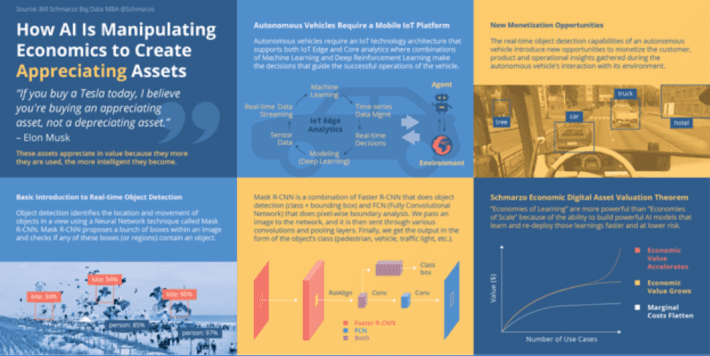
Figure 6: “Creating Assets that Appreciate, Not Depreciate, in Value Thru Continuous Learning”
Note: the creation of assets that leverage AI to appreciate, not depreciate, through the learning gained via usage is the ultimate realization of the potential of the Internet of Things (IoT).
Requirement #5: Training Everyone to “Think Like a Data Scientist”
What does it mean to “Think like a data scientist” and why is that important to crossing the AI Chasm? Here is why I believe that it is fundamental to crossing the AI Chasm to get everyone in the organization to “think like a data scientist”:
- Embrace Collaboration and Diversity. To achieve more accurate and more effective AI learning requires embracing a wide variety of perceptions, perspectives and viewpoints. It requires holistically defining the sometimes-conflicting variables and metrics that define the AI utility function across financial / economic, customer, operational, environmental and society dimensions. See the “Embracing Conflict to Fuel Digital Innovation” for an example of how the two powerful objectives – improve automobile mileage while improving horsepower – drove some very innovative and creative thinking.
- Stay Curious – Explore and Experiment. This is about embracing the Power of “Might” – that data science is all about identifying variables and metrics that might be better predictors of performance. That all ideas are worthy of consideration, which does not necessarily mean that all ideas are good, but that there might be something to learn by considering ideas that at first glance may not make sense.
- Master the Ability to Unlearn. People hang onto their beliefs – whether they make sense or not – as if it’s a life jacket on a sinking ship. And getting people to change their long-held perspectives of the world is a near impossible task. If these folks are not willing to unlearn and embrace new perceptions of the world, then they will fail to cross the AI Chasm. Remember, you can’t climb a ladder if you aren’t willing to let go of the rungs below you.
- Learn Through Failure. Growing up, we are constantly learning through failure. Learning to ride a bike or ski or play an instrument… are all endeavors mastered through failure. But once we get into the business world, failure becomes a non-option. If you are seeking promotions and success, failure is not an option. Unfortunately, if you are seeking to learn, failure in many cases is the best option. Without failure, we lose one of our most powerful learning mechanisms.
- Master Non-linear Thinking. Learning is a non-linear process. It can’t be measured purely by how much time you spend researching and studying a topic. The same is true with data science. Data science success cannot be dictated by how many hours you spend working on the models or even how many different models you build. Progress will come in spurts.
Dang, I could write an entire book about the importance of thinking like a data scientist. Oops, I already did…
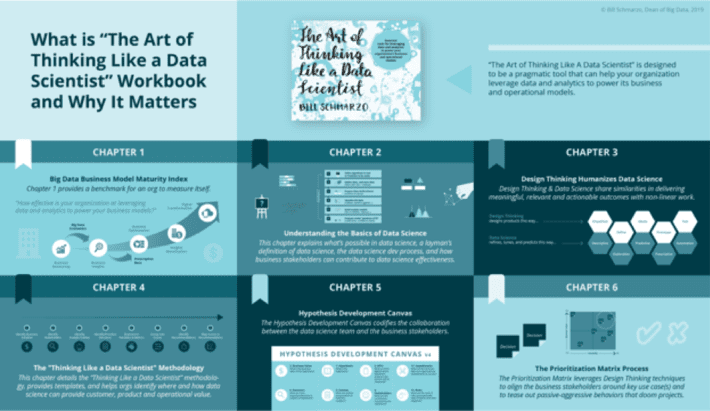
Figure 7: The Art of Thinking Like A Data Scientist
Crossing the AI Chasm Summary
“To change the game, change your frame.”
“Crossing the AI Chasm” will require that organizational leadership adopt a new mindset, but not one that is isolated to just those big wigs in the ivory tower. No, the mindset shift must focus on capturing the learning and consequently augmenting the intelligence of the front-line interactions.
Crossing the AI Chasm requires:
- Create a Culture of Continuous Learning
- Capture and Augment Front-line Operational Intelligence
- Master the Unique Economics of Data and Analytics
- Build Assets that Appreciate, Not Depreciate, Through Usage
- Training Everyone to “Think Like a Data Scientist”
Crossing the AI Chasm doesn’t require the proverbial leap of faith. It just requires senior management to loosen the reins a bit and let the learnings fueled by AI flourish at the front-lines of customer and operational engagement.
What steps will you take today to create and foster the culture and practices to effectively cross the AI Chasm? These infographics will help you begin to assimilate the change in mentality necessary to ensure a successful crossing.
